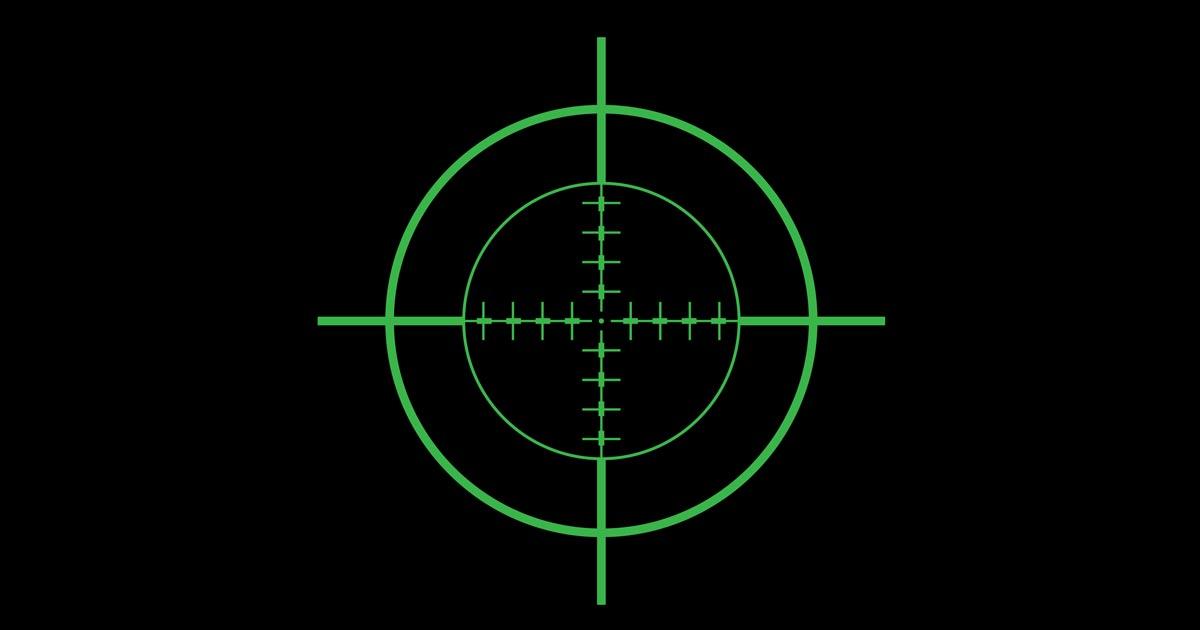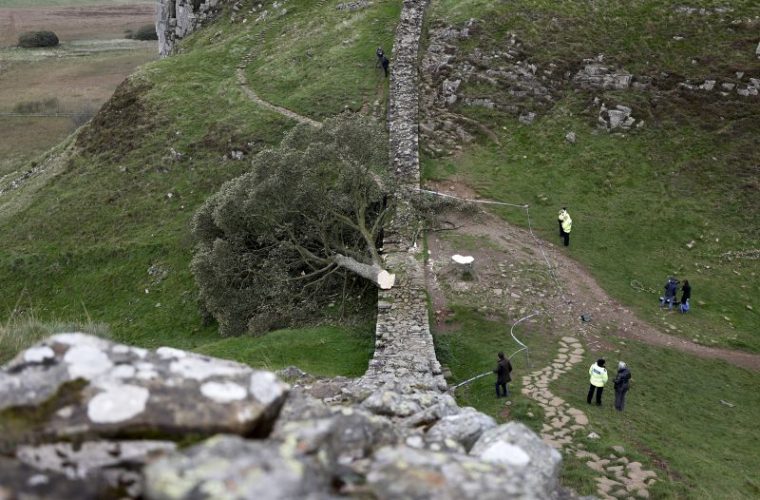
Who Is Most Responsible for the Ongoing War in Ukraine?
John Mearsheimer recently gave an important lecture on the Ukrainian war. He warns that “the United States is now effectively at war with Russia.” Mearsheimer argues, “The United States is principally responsible.” Alexander Stubb contends in a reply to Mearsheimer, “The only place to blame is the Kremlin, Putin, and Russia.”
Commentators who play the blame game over Ukraine do not understand the cause of war in the modern world. The Ukrainian war is the latest chapter in an ongoing hundred years’ war that began in 1914. Those who fail to realize this cannot understand the cause of the war nor how to end it and prevent future wars.
All of the governments entangled in the Ukrainian war share responsibility. Government intervention in the free market economy is the fundamental cause of all modern wars, including the Ukrainian war. All of the governments involved have systematically intervened with the free market economy for decades. Thus they are all to blame for this war.
Protectionism, Imperialism, and War
To fully understand the Ukrainian war, it is necessary to understand what caused the First World War.1 Many historians agree that a “fresh wave of territorial imperialism” after 1880 resulted in the First World War.2 But most historians cannot explain what caused the frenzy of imperialism from 1880 to 1914. The answer is protectionism.
In July 1879, Otto von Bismarck introduced a new tariff in Germany.3 As economists stress, a tariff benefits domestic producers at the expense of two groups: 1) domestic consumers and 2) foreign producers. A tariff impairs business in foreign nations, and foreigners naturally resent this.4
Bismarck’s tariff was a great mistake. However, as Ludwig von Mises emphasizes, “even if all other nations cling to protection, a nation best serves its own welfare by free trade.”5 Rather than embracing free trade, Germany’s neighbors foolishly raised their tariffs. As the table below illustrates, “all the large countries (except the United Kingdom) had very protective trade policies in 1913.”6
What does protectionism have to do with imperialism? A nation cannot profit from an empire in a world of free trade. By contrast, a protectionist nation can benefit from an empire.7 Consequently, protectionist governments are impelled to violent territorial expansion. The return of protectionism after 1880 started a new wave of territorial imperialism that culminated in the First World War.
Consequences of the First World War
Protectionism was the fundamental cause of the First World War, and the war unleashed terrible forces. For Russia and Ukraine, the war led to the 1917 Russian Revolution.8 The Union of Soviet Socialist Republics (USSR) was only possible because of protectionism before 1914.
There were many problems with the 1919 Versailles Treaty. Still, the essential problem was that it enshrined the imperial-protectionist order of 1914. The First World War’s victors created the League of Nations to prevent other nations from expanding. Yet they did not remove the root cause of territorial expansion—namely, protectionism. In fact, British, French, German, and Italian tariffs were higher in 1925 than in 1914.9
Furthermore, the First World War created massive financial problems. These problems guaranteed that the 1920s and 1930s would be a period of intense economic instability. Unfortunately, the major powers reacted to the economic chaos of the early 1930s with even more severe protectionist policies.10
The US saved Soviet socialism during the war. The USSR could not even conquer Finland in the 1930–40 Winter War. The Winter War exposed Soviet socialism’s inherent weaknesses and encouraged Adolf Hitler to invade the USSR in June 1941.13
Those who believe that the USSR defeated Nazi Germany are victims of Soviet propaganda. In actuality, the US defeated the Axis Powers with its economic might. The USSR would have been unable to produce weapons without steel, aluminum, copper, and other key materials from the US.14 Moreover, the US prevented a transport crisis in the USSR by providing huge amounts of transportation equipment.15
Historians debate whether the US should have been allied with the mass murderer Joseph Stalin. But even defenders of the US-Soviet alliance must admit that Franklin D. Roosevelt should have reduced Lend-Lease aid to the USSR after Germany lost the Battle of Stalingrad in February 1943. Instead, Roosevelt continued feeding the beast in 1944 and 1945, and the Soviet Union grew into the most formidable power in Europe.16
The Cold War, NATO, and the Collapse of the USSR
The dysfunctional USSR barely survived 1941–42. So how was it powerful enough to spread socialism after 1945? Free war materiel from the US. The Soviets rolled across Europe and Asia on American transportation equipment, spreading socialism along the way.17 The Soviet weapons that flooded Communist Europe and Asia were made with US Lend-Lease materials.18
With the onset of the Cold War, the US needed a way to stop the Soviet monster Roosevelt had created with Lend-Lease. In 1949, the US spearheaded the North Atlantic Treaty Organization to stop the USSR from spreading socialism.19 NATO has provoked the Russians ever since.
It is an economic law that socialism causes chaos.20 Roosevelt prolonged the life of the USSR and thereby condemned millions to misery. Nevertheless, it was impossible to keep Soviet socialism alive forever. The Soviet Union’s inevitable collapse began in the late 1980s.
Ukraine was the key player in the collapse. Russians knew the Soviet Union would disintegrate if Ukraine left. Ukraine finally moved toward independence in 1991, and the USSR dissolved. Intransigent socialists blamed Ukraine for the collapse. In reality, the chaotic socialist system made the collapse inevitable.
The Ukrainian war of 2022 is an aftershock of Soviet socialism’s collapse. The partition of the Soviet Union’s socialized energy system between Russia and Ukraine has caused serious tension for decades. Beyond that, the issue of Ukrainian membership in NATO has irritated Russia since 2008.
In 2021, Volodymyr Zelenskyy and Joe Biden made great mistakes over NATO. In 2022, Vladimir Putin made a great mistake by invading Ukraine. Then Biden made a great mistake by sanctioning Russia. Now the US is effectively at war with Russia, and the war is unlikely to end any time soon.
Conclusion
The Ukrainian war’s long roots stretch back to the pre-1914 protectionist era. Protectionism led to the First World War, the Second World War, the Cold War, the Korean War, the Vietnam War, countless wars in the Middle East, and the Ukrainian war. In effect, protectionism before 1914 caused a hundred years’ war. At least 150 million lives have been lost in this tragic hundred years’ war.
The only way to prevent war is to remove its root cause. If the twentieth century can teach us anything, it is that protectionism and socialism cause war. Eliminating government intervention in the economy is the key to preventing war. As Ludwig von Mises advises, “there is but one system that makes for durable peace: a free market economy.”21
1. David Fromkin, Europe’s Last Summer (New York: A.A. Knopf, 2004), pp. 6–8. 2. Richard Overy, Blood and Ruins (New York: Viking, 2022), pp. 2–3. 3. Paul Barioch, Economics and World History (Chicago: University of Chicago Press, 1995), p. 24. 4. Ludwig von Mises, Human Action: A Treatise on Economics (Auburn, AL: Ludwig von Mises Institute, 1998), p. 680–84. 5. Ludwig von Mises, Omnipotent Government (Indianapolis, IN: Liberty Fund, 2011), p. 87. 6. Bairoch, Economics and World History, p. 25. 7. Mises, Human Action, p. 820. Also see Mises, Omnipotent Government, pp. 3–5. 8. Robert Service, Lenin: A Biography (Cambridge, MA: Harvard University Press, 2000), p. 369. 9. Bairoch, Economics and World History, p. 40. 10. Richard Overy, The Origins of the Second World War (New York: Routledge, 2016), pp. 32–33. Also see Overy, Blood and Ruins, pp. 27, 54–55. 11. Overy, Blood and Ruins, p. 36. 12. Mises, Omnipotent Government. 13. Sean McMeekin, Stalin’s War (New York City: Basic Books, 2021), p. 150. 14. McMeekin, Stalin’s War, p. 368. 15. Overy, Blood and Ruins, pp. 564–65. 16. McMeekin, Stalin’s War, p. 665. 17. McMeekin, Stalin’s War, p. 663. 18. Victor D. Hanson, The Second World Wars (New York: Basic Books, 2017), p. 527. 19. McMeekin, Stalin’s War, p. 658. 20. Mises, Human Action, p. 694–97. 21. Mises, Omnipotent Government, p. 320.



